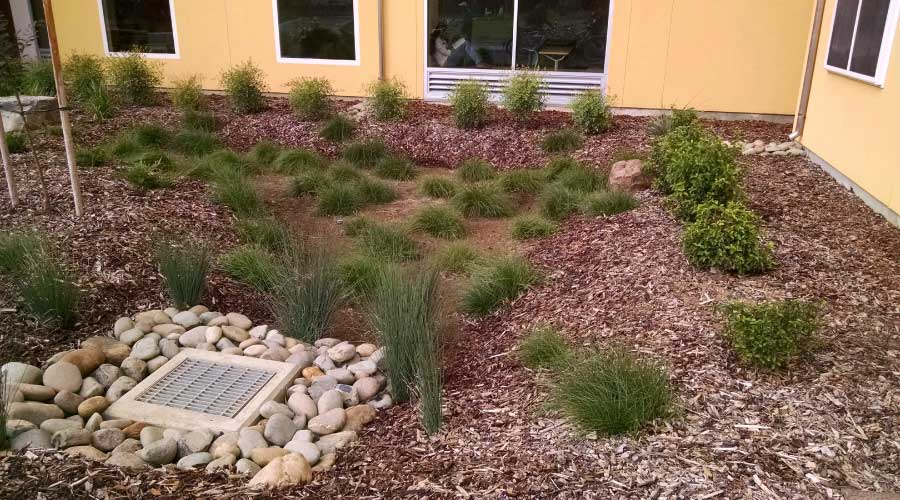Pervious Paving Saves Water and Money
As Claycomb and his colleagues continue to fine-tune systems and components inside the medical center, Kaiser is keeping a close eye on what has gone right and what has gone wrong, hoping to apply lessons learned to future projects. Design and construction teams piloted a handful of green initiatives at Modesto. The successful pilot projects have led to changes in Kaiser’s design, construction and maintenance standards for green buildings.
“In the early 90s, (green building) picked up a lot of steam here in terms of our national design standards that were being developed,” says Tom Cooper, Kaiser’s national manager sustainable building design and research. “There was a lot of support within the company for building green buildings that proceeded Modesto, and I think that other buildings that open after that will be even greener than Modesto.”
Kaiser’s high-performance buildings committee is comprised of individuals with design, construction and operations backgrounds, as well as green building consultants. Cooper chairs the committee and describes the Modesto facility as a green laboratory.
“All of the strategies that were researched and tried on the Modesto project, the director of the project was a member of the committee at the time,” Cooper says. “We were providing feedback, and we were involved in the pilot projects that were being done through the design and construction of the project.”
Savvy Water Savings
The medical center features several successful pilot projects, as well as others that were not part of the final design. One of the most successful pilots was a pervious paving installation for the facility’s parking lot. The parking lot stretches about 30 acres, Cooper says, which creates quite a challenge for managing storm water.
“The water permeates through the (pervious) asphalt, gets cleaned as it goes down through the rock bed and is returned back into the water system,” Claycomb says.
When Cooper and his team first proposed installing the pervious pavement, the civil engineer and the contractor opposed the project because they were unfamiliar with all it entailed. But the design and construction team eventually became more comfortable with the idea after looking at not only the initial cost, but also the avoided costs associated with this type of parking lot.
“When you do the pervious paving, you don’t need a sewer infrastructure,” Cooper says. “You don’t have to put in the pipes and all the drainage links. You don’t have to run a line out to the main city sewer system. (The pavement) allows the rainwater to percolate back down and recharge the aquifer.”
Cooper uses the pervious paving project to illustrate the unique approach the design and construction team took when specifying products and systems.
“It’s a great example of two things,” Cooper says. “One is dealing with resistance to change, doing something different and new. And also, taking a holistic approach to sustainability, looking at how one aspect of a design or operational approach can save you money somewhere else.”
Related Topics:















